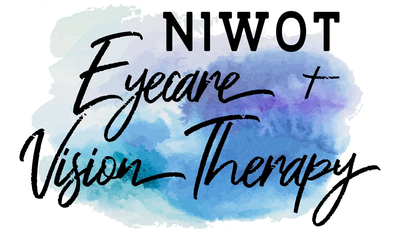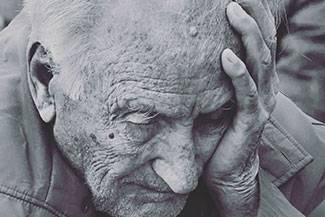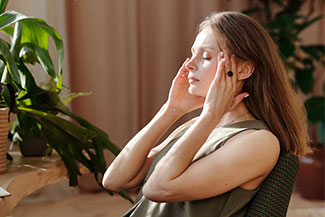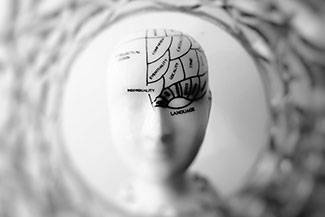
Common Vestibular Disorders
The vestibular system is made up of structures in the inner ear and pathways in the brain that work together to process information about motion, balance and spatial orientation. This intricate system works closely with the visual system and various muscles in the body to keep us stable and at equilibrium. When disease or injury causes harm to any of these structures or mechanisms that support steadiness, vestibular disorders may result.
A person with a vestibular disorder can experience a host of symptoms, including dizziness, disorientation, blurred vision, anxiety. nausea and a falling sensation. If you or a loved one experiences any of these symptoms or has been diagnosed with a vestibular disorder, contact Niwot Eyecare and Vision Therapy for a functional vision evaluation. Below, we’ll explain some of the most commonly diagnosed vestibular disorders and how a neuro-optometrist can help.
What Are Some Common Vestibular Disorders?
Benign Paroxysmal Positional Vertigo (BPPV)
BPPV is a very common cause of vertigo and causes a person to feel like their head or surroundings are spinning. This type of vertigo is usually caused by a change in head positioning. The most serious consequence of this vestibular disorder is the heightened risk of falling, which can be is treated with eyeglasses and/or vision therapy.
Labyrinthitis
Labyrinthitis is caused by a bacterial or viral infection and can bring on symptoms like vertigo, blurry vision, difficulty hearing, ringing in the ears, nausea and feeling lightheaded. Treatment involves either antiviral or antibiotic medications, in addition to other medications to treat the symptoms.
Vestibular Neuritis
Vestibular neuritis occurs when the vestibular nerve becomes inflamed. This nerve is responsible for sending information about balance from the ear to the brain. Vestibular neuritis is often confused with labyrinthitis, with the main difference being that vestibular neuritis does not produce any auditory symptoms, like ringing in the ears. Because this vestibular disorder is caused by an underlying infection, treatment usually involves antibacterial or antiviral medications.
Meniere’s Disease
Meniere’s disease is an inner ear condition that causes episodic attacks of spinning sensations, ear-ringing, hearing loss and increased ear pressure. The cause of Meniere’s disease isn’t well understood, but episodes can be triggered by a viral infection, allergic reaction, ear fluid buildup, autoimmune response, migraines, or a genetic predisposition. Treatment can include oral medications, various therapies, ear injections and surgery.
How Neuro-Optometric Rehabilitation Therapy Can Help
Many of the symptoms experienced with these vestibular disorders could be due to a poorly functioning visual system, particularly the level at which the visual system and brain communicate with each other. Neuro-optometric rehabilitation therapy develops and improves communication between the eyes and brain, reducing symptoms of vestibular disorders.
Since maintaining balance and equilibrium depends on the level at which the vestibular system and visual system function as a team, repairing any dysfunction of the visual pathways can help the brain smoothly and efficiently process incoming visual information and integrate it appropriately.
Furthermore, many patients with vestibular disorders complain of visual symptoms like double vision or difficulty focusing, which can then trigger or exacerbate their vestibular symptoms.
A neuro-optometrist can create a customized program to significantly improve the functioning of the visual system, thereby reducing the amount of dizziness, disorientation and vertigo a person may experience.
Neuro-optometric rehabilitation therapy involves the use of visual exercises that focus on strengthening the eye-brain connection. Specialized prisms and lenses may be used as well.
A multidisciplinary approach to treating vestibular disorders will bring about the optimum results. Vestibular therapy, neuro-optometric rehabilitation therapy, physical therapy and occupational therapy may all be beneficial for optimal healing.
Begin your journey towards a better quality of life by calling Niwot Eyecare and Vision Therapy to schedule your functional visual evaluation today.
Our practice serves patients from Niwot, Longmont, Boulder, and Erie, Colorado and surrounding communities.








